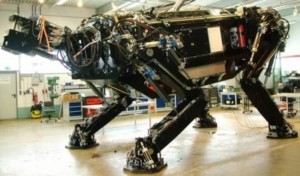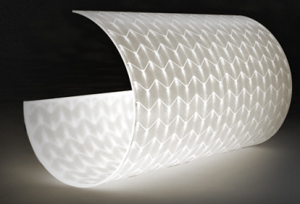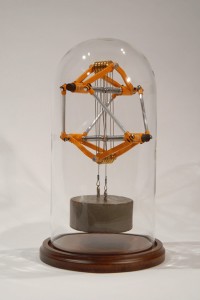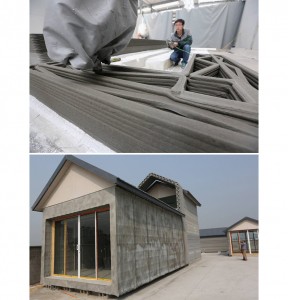I’m in the process of making my home ‘smart’. Which is a horrible, trendy marketing label that is completely inaccurate. I mean, the home isn’t smart. It’s just establishing connections between the home and a remote server, along with software to facilitate programming and interoperability. But I digress.
I’ve noticed something fascinating as more devices in my home become connected and programmable. Energy usage is increasing. That floor lamp in the corner? It was too much of a pain to walk over and turn it on, so the room was never well lit. Now, Alexa turns that on when asked, and it’s also part of my routines for when I wake up, return home, etc. Same thing applies to many of the lights in my home – normally it’d be too inconvenient to turn them on, and I’d just live in a house that was not lit up like Clark Griswold’s home at Christmas. But now I have a choice. Siri or Alexa take care of it for me, usually unprompted (yeah, I have to competing AIs in my life now…more on that later).
So, add in the increased energy usage, plus added energy required to produce a connected LED bulb instead of a standard one, and operational energy of the bulb’s connection and the AI hub communicating with me…and I’m not seeing a gain here. But the geek side of me still loves it. 🙂
I’m still figuring out the best way to set up all this connectedness…the software is not as friendly as it needs to be, nor as complete. I’ll delve into that in the near future as I figure this out. For now, it’s time to say goodnight to Alexa and Siri. And if you’re curious about Alexa…this scene from a recent episode of Mr. Robot did a cool job of showing how humans can find themselves interacting with this emerging technology:

 Now this is cool…a walking, fire breathing robot dragon that’s 51 feet long (would that count as ‘life size’?). Created by the Zollner Group in Germany, its purpose seems to have been a fun publicity stunt (it was a part of some folk play), but hey, nothing wrong with that if this is the result! The stats are impressive. Weight is around 11 tons, and it’s powered by a diesel engine generator to drive the massive hydraulic system, with a top speed of 1.8km/h. Ok, so it’s slow, but it *walks* and breathes *fire*! How cool is that. Check out this video:
Now this is cool…a walking, fire breathing robot dragon that’s 51 feet long (would that count as ‘life size’?). Created by the Zollner Group in Germany, its purpose seems to have been a fun publicity stunt (it was a part of some folk play), but hey, nothing wrong with that if this is the result! The stats are impressive. Weight is around 11 tons, and it’s powered by a diesel engine generator to drive the massive hydraulic system, with a top speed of 1.8km/h. Ok, so it’s slow, but it *walks* and breathes *fire*! How cool is that. Check out this video:
 Coming soon to an IKEA near you – light tiles! Wrapped into what funky shaped light or chair I don’t know, but
Coming soon to an IKEA near you – light tiles! Wrapped into what funky shaped light or chair I don’t know, but
 This is really cool…various mechanisms designed for the sole purpose of supporting themselves. Neat concepts using linkages, pulleys, leaf springs, you name it. Check out
This is really cool…various mechanisms designed for the sole purpose of supporting themselves. Neat concepts using linkages, pulleys, leaf springs, you name it. Check out 
 The idea of building houses using massive 3D printers is
The idea of building houses using massive 3D printers is